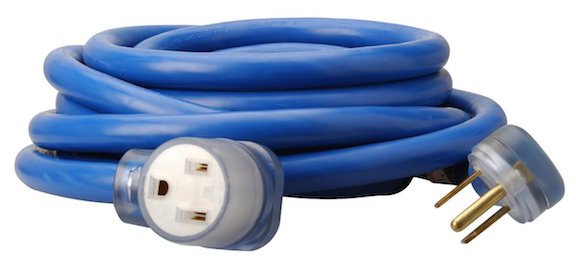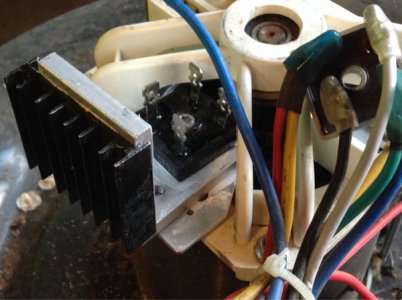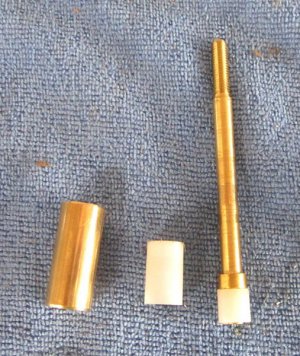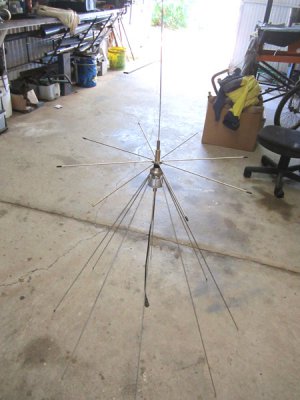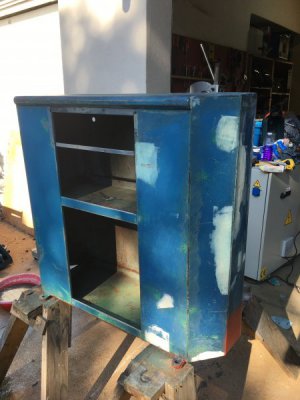- Joined
- Apr 21, 2015
- Messages
- 894
Did I ever tell you about the time I went to Home Depot for a replacement cord for my table saw? I wanted 12 feet of 12-2, stranded, rubber jacket. They had a 16 foot remnant of 10-3, stranded, rubber jacket hanging on the hook at the bulk dispenser. That would work. So the old guy who was working (and who has always been the most helpful there) wrote it up as a shorter length of lighter gauge wire. Cost me like $6. Score!
Well, I stopped there on my way home today thinking maybe, just maybe, I can score a deal like that again. And they had a 10-3 length hanging there AGAIN. Incredible. And the same guy was working. So I ask him how much and he looks at me puzzled. He says, "that's not 10 gauge, that's 8", and he started to write it up. I politely correct him and showed him where it said "AWG 10-3" on the side. He says they don't sell 10-3 by the foot. Scrolls through the machine to verify that's still true. The length didn't even match what was on the shelf.
So he gave it to me. 20 feet. I needed 12-15. He even walked me out the door to make sure no one gave me crap about it.
I really like that guy.
Well, I stopped there on my way home today thinking maybe, just maybe, I can score a deal like that again. And they had a 10-3 length hanging there AGAIN. Incredible. And the same guy was working. So I ask him how much and he looks at me puzzled. He says, "that's not 10 gauge, that's 8", and he started to write it up. I politely correct him and showed him where it said "AWG 10-3" on the side. He says they don't sell 10-3 by the foot. Scrolls through the machine to verify that's still true. The length didn't even match what was on the shelf.
So he gave it to me. 20 feet. I needed 12-15. He even walked me out the door to make sure no one gave me crap about it.
I really like that guy.


